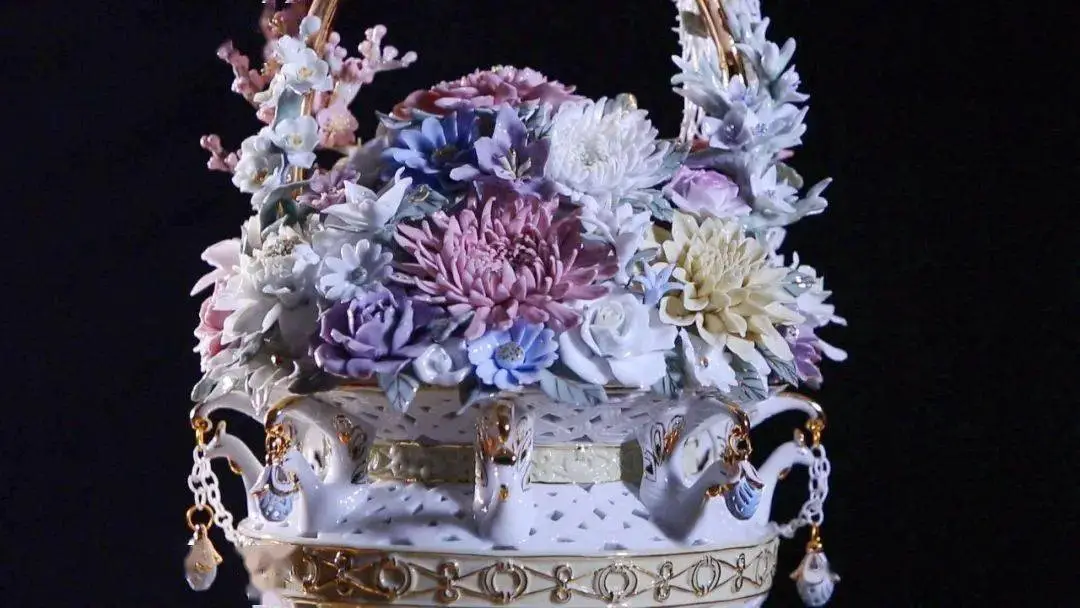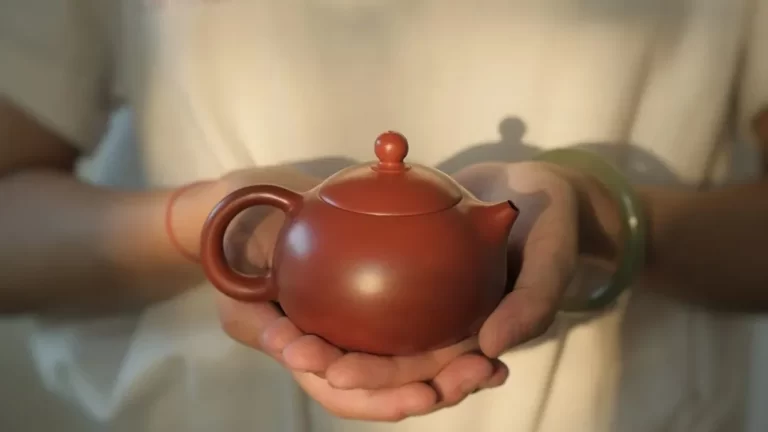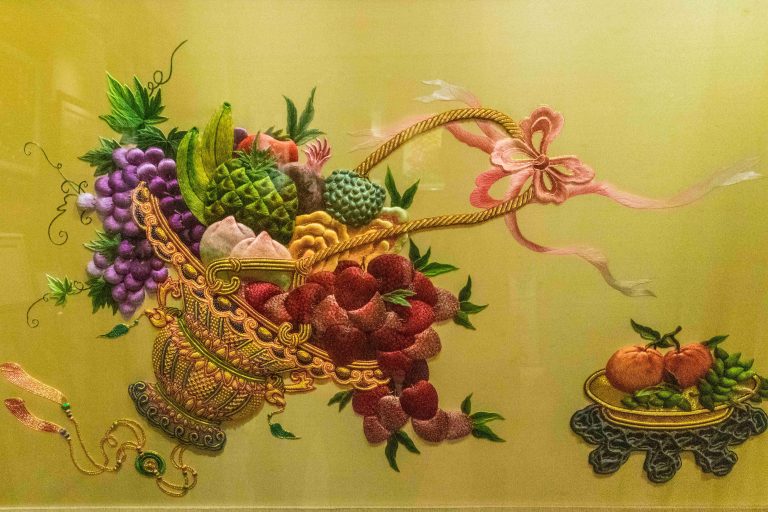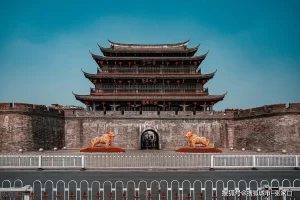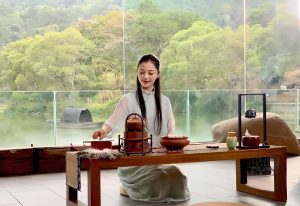For over a millennium, the art of Fengxi porcelain has been an inseparable thread in the cultural tapestry of Teochew (Chaozhou). Rooted in the fertile lands of Lingnan, this ceramic tradition reflects the ingenuity and resilience of Teochew people, bridging ancient craftsmanship with a global legacy.
Fengxi porcelain has become a unique artistic wonder in the history of Chinese ceramics with its beautiful style of “white as jade, thin as silk, thin as paper, and bright as a mirror”.
Tracing the Thousand-Year-Old Legacy of Pottery
The origins of Fengxi porcelain are deeply intertwined with Chaozhou’s rich ceramic heritage. In 1957, pottery fragments dating back to 3000 BC were unearthed at the shell mound site in Chenqiao Village, confirming that early inhabitants had mastered pottery-making techniques as far back as the Stone Age. Archaeological findings from Tang Dynasty kiln sites reveal that by then, Fengxi had already established a structured ceramic production system. During the Song Dynasty, with the flourishing of the Maritime Silk Road, Fengxi porcelain entered a golden era.
From the Ming and Qing dynasties onward, amid wars and migrations, Fengxi porcelain continued to evolve, drawing inspiration from Chaozhou’s folk arts, including clay sculpture, wood carving, and embroidery. Over time, it developed a distinctive aesthetic—one that blends realism with artistic exaggeration, and intricate delicacy with striking grandeur.
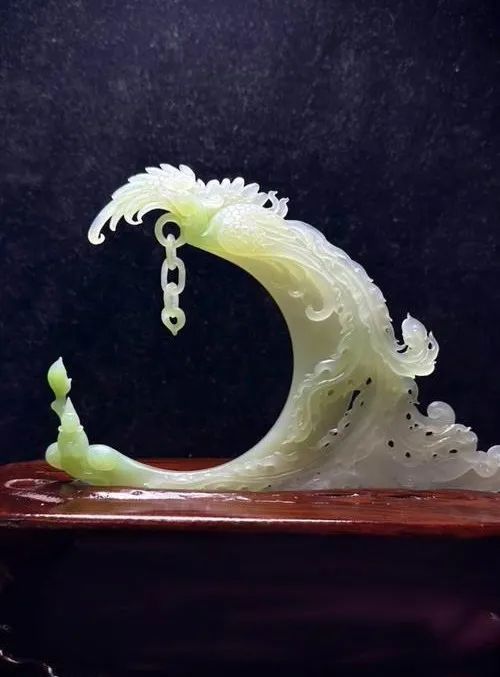
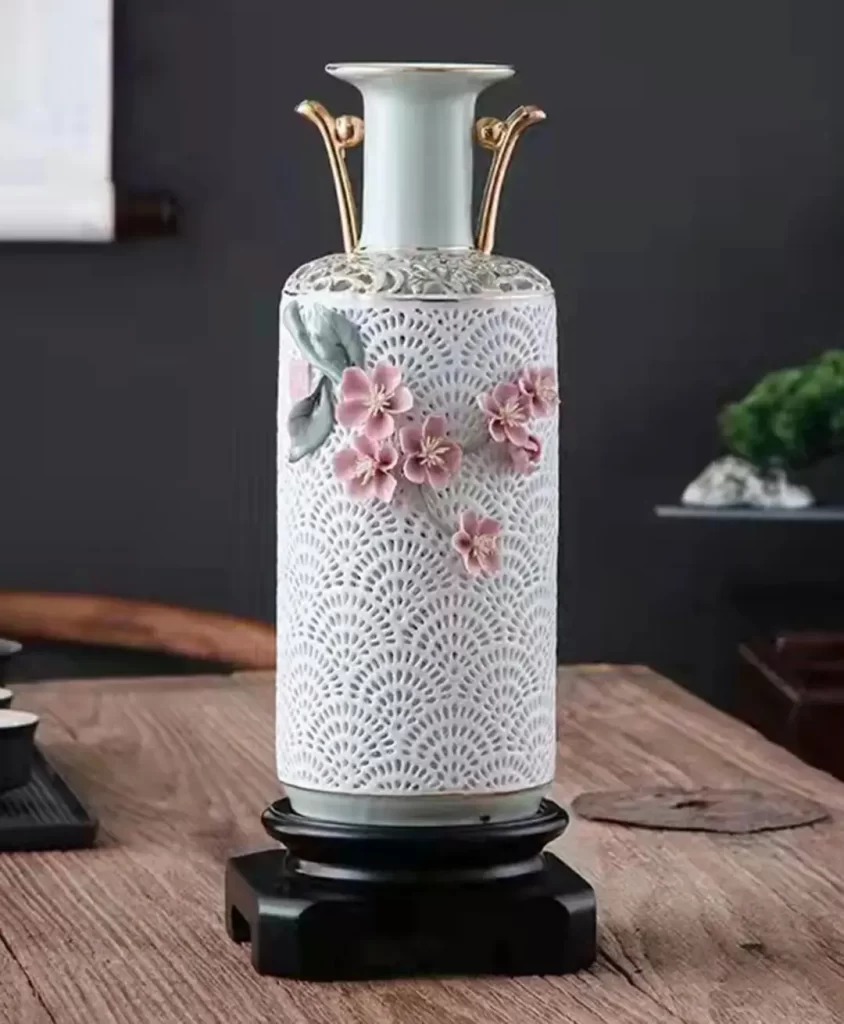
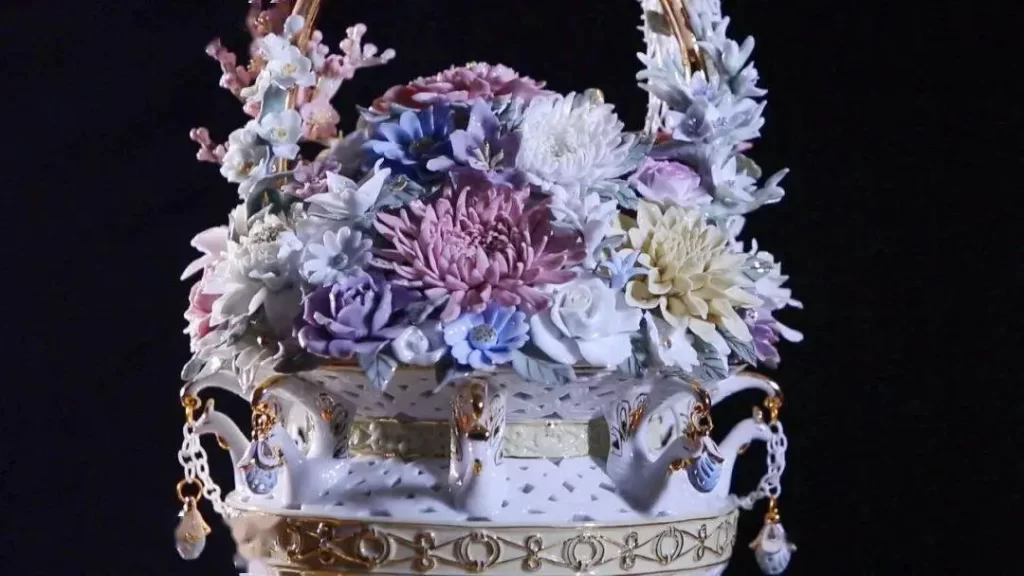
The Artistry Behind the Craft
The firing technique of Fengxi porcelain is nothing short of a “symphony at the fingertips.” This intricate process encompasses eight major stages, including material selection, molding, glazing, and firing.Each step requires meticulous skill and dedication. Master craftsmen ensure every piece reflects the legacy of this ancient art. Each creation embodies its refinement.
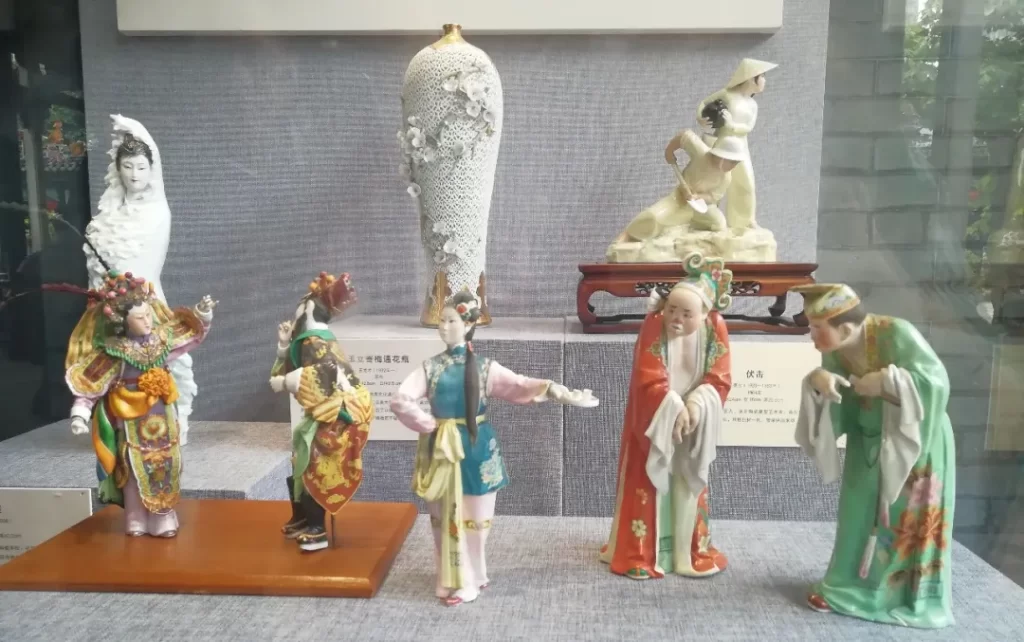
A Fusion of Techniques
The wonder of shaping: Fengxi porcelain sculpting is a marvel of craftsmanship, seamlessly blending over ten intricate techniques, including pile carving, relief carving, and appliqué sculpting. These methods bring out the elegance and delicacy of character sculptures and the grace and vitality of animal porcelain carvings. Masterpieces such as Wu Weiming’s Twelve Beauties of Jinling, with its flowing garments, and Lin Hongxi’s Fifteen Strings, capturing expressive facial details, exemplify the pinnacle of sculpting artistry in Fengxi porcelain.
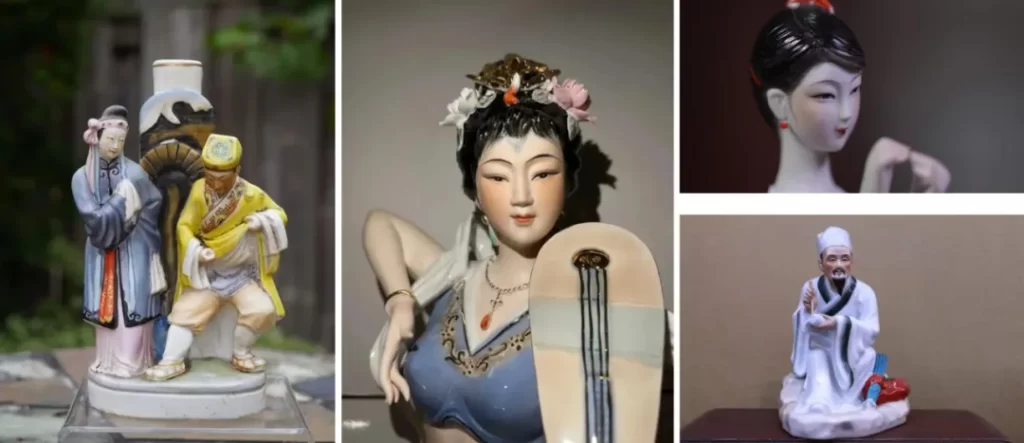
Flower stunt:The fusion of hollow carving and porcelain florals in Fengxi porcelain creates a breathtaking effect known as “embroidery in porcelain.” This meticulous craftsmanship is exemplified in masterpieces like Jade Screen Title by Cai Jingzhen and Chen Ruilong, where delicate hollow frameworks support porcelain flowers as thin as cicada wings. Similarly, Ye Zhuqing’s Danfeng Chaoyang features a basket filled with hundreds of lifelike flower buds, evoking the vitality of spring. Celebrated as the “crystallization of human wisdom,” these works have earned numerous international gold medals, showcasing the unparalleled artistry of Fengxi porcelain.
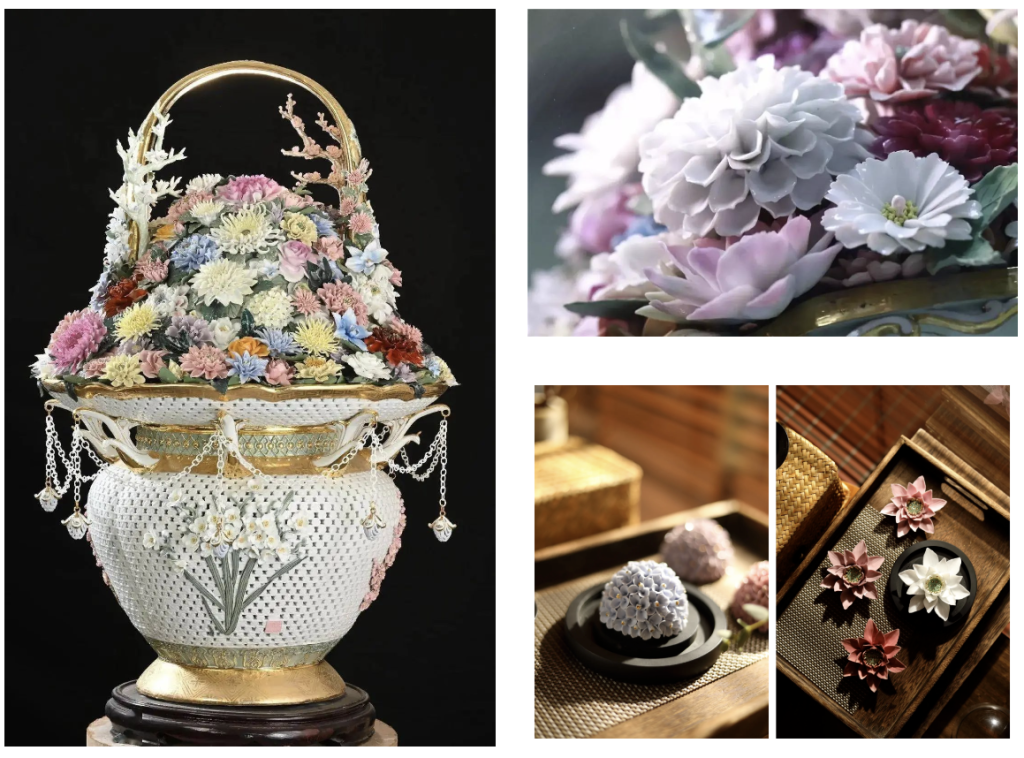
Preserving a Timeless Legacy: The Future of Fengxi Porcelain
In 2008, Fengxi porcelain firing technology became a National Intangible Cultural Heritage. Its masterpieces are often displayed in prestigious venues. These include Zhongnanhai’s Ziguang Pavilion and the Great Hall of the People. Many of these works have also been presented as national gifts on the global stage, symbolizing China’s rich artistic heritage.
However, in the face of market-driven changes, the production of artistic porcelain is gradually declining. Veteran craftsmen pass away. Fewer young artisans step forward to inherit the craft. This thousand-year-old tradition risks fading into history. Preserving Fengxi porcelain is more than safeguarding a skill. It protects a pursuit of beauty and eternity. This pursuit lies at the heart of Chinese civilization.
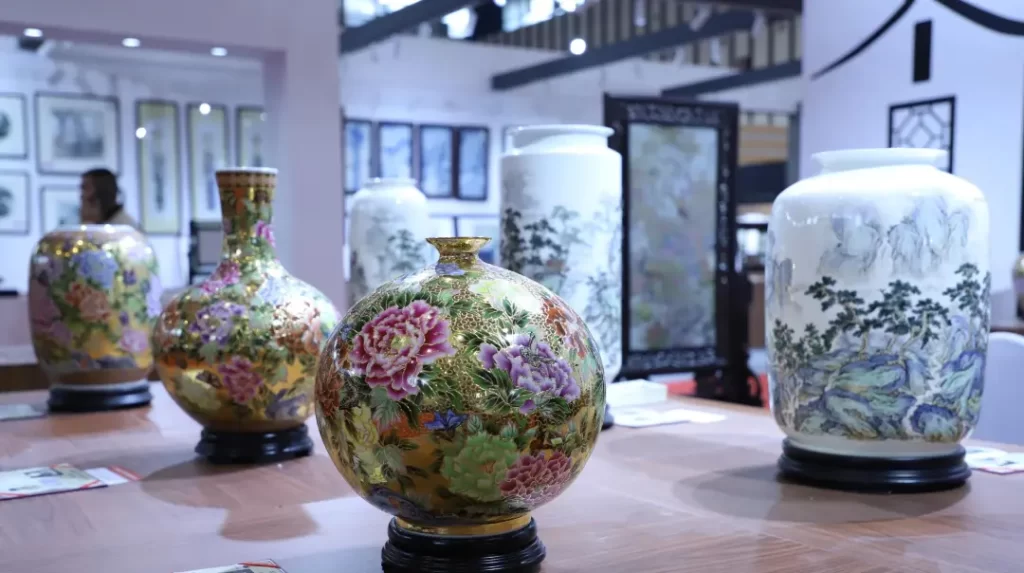
We admire the flowing glaze of Fengxi porcelain. We trace the centuries-old patterns with our fingertips. We witness the enduring flame of Lingnan’s kilns. We reflect on a nation’s pursuit of craftsmanship and heritage.

Related reading: What is Teochew
